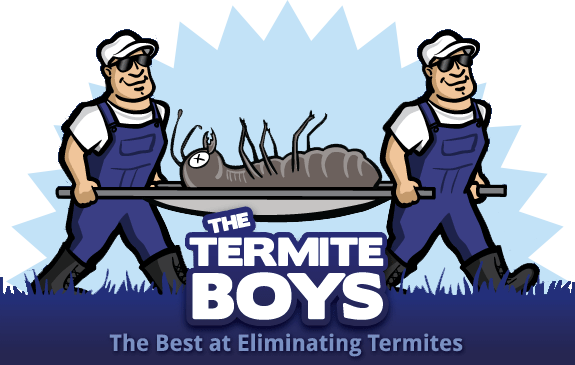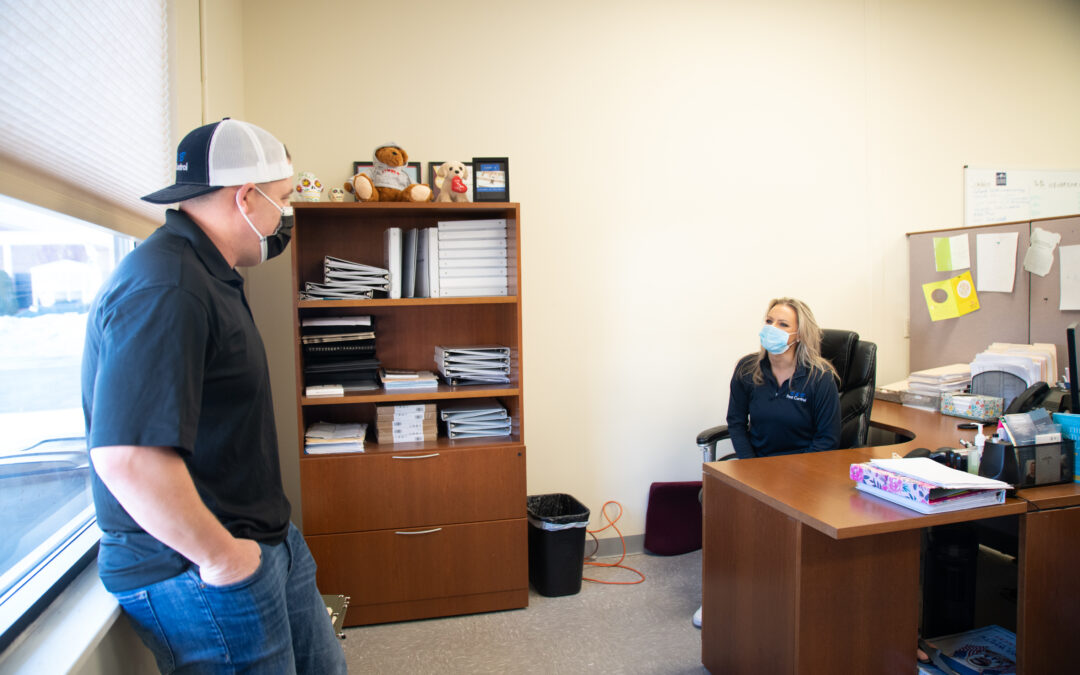Termite Infestation Probability Zones, or TIP Zones, are used to showcase the risk of infestation across the United States and to determine various policies regarding mortgages and pest control requirements and recommendations.
The US Forest Service developed the Termite Infestation Map, and it had its last update in the 80s. The map shows how US Forest Service scientists estimate the risk of infestation in different zones of the US, based on scientific studies conducted by the institution. It’s important to note that this map only covers subterranean termite infestations.
The approximate termite hazards were listed in the following regions: Region I: Very heavy risk; Region II: Medium to heavy risk; Region III: Slight to medium risk; Region IV: None or very little risk. Hawaii and Alaska were not included on early maps, but that has been corrected recently, with Hawaii being located in Region I, and Alaska being in Regional IV. Regions go up in intensity as you go further North on the map. Region I for example includes California, Florida, and the Eastern part of Texas, while Region IV contains the northern parts of North Dakota, Minnesota and Montana. Regions II and III cover most of the other states in the middle.
Termite Infestation Probability Zones, or TIP Zones, were used by the US Department of Housing and Urban Development to assess the actions needed as a requirement to guarantee mortgages. The TIP Zones are also used by conventional mortgage lenders.
TIP Zones play an important part in determining if inspection and prevention procedures against termites are part of the underwriting requirements for mortgage loans. The International Code Council also uses TIP Zones to determine the building code requirements for termite control and prevention procedures.
As a homeowner, the TIP map will help you determine your risk of an infestation in the area that you live in, and the necessity to set up a regular termite inspection schedule. If you live in an area with a low chance of infestation, you can go with a yearly or a once every two years inspection. However, if you live in an area that is at a moderate to high risk of infestation, it’s best to schedule inspections more often. Make sure to discuss this issue with your pest control professional. If you would like to know more about TIP zones, termite control, and termite inspections, contact us today.

